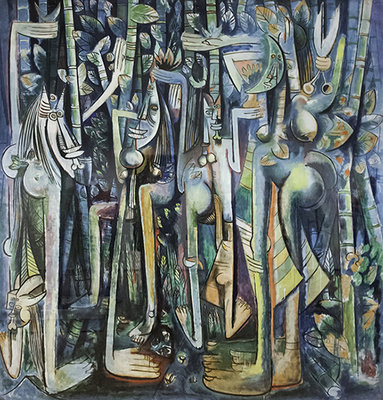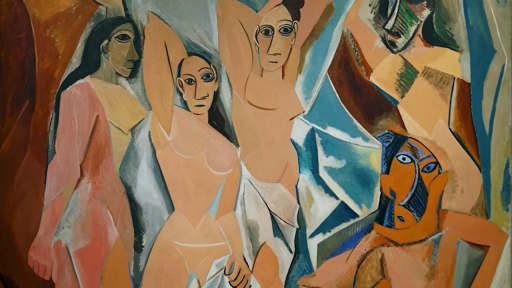This installation focused on the reflection of the viewer with a reference to a story from Greek Mythology.
Narcissus Garden

This neoclassical sculpture resides in the Virginia Statehouse commemorating a military and political leader.
George Washington by Jean-Antoine Houdon, 1788-92CE

This Egyptian House Altar from the Amarna Period depicts this pharaoh and his family with elongated heads worshipping the sun god.
House Altar depicting Akhenaten, Nefertiti and Three of their daughters.1350BCE

The Ecstasy of St. Teresa is found in this family's chapel inside the Church of Santa Maria della Vittoria in Rome, Italy.
The Coronaro Family Chapel, 1647-52Ce


Pigments are mixed with water and usually applied to a wall or ceiling coated in plaster. This technique was very popular in the Renaissance such as with DaVinci and Michelangelo.
Fresco
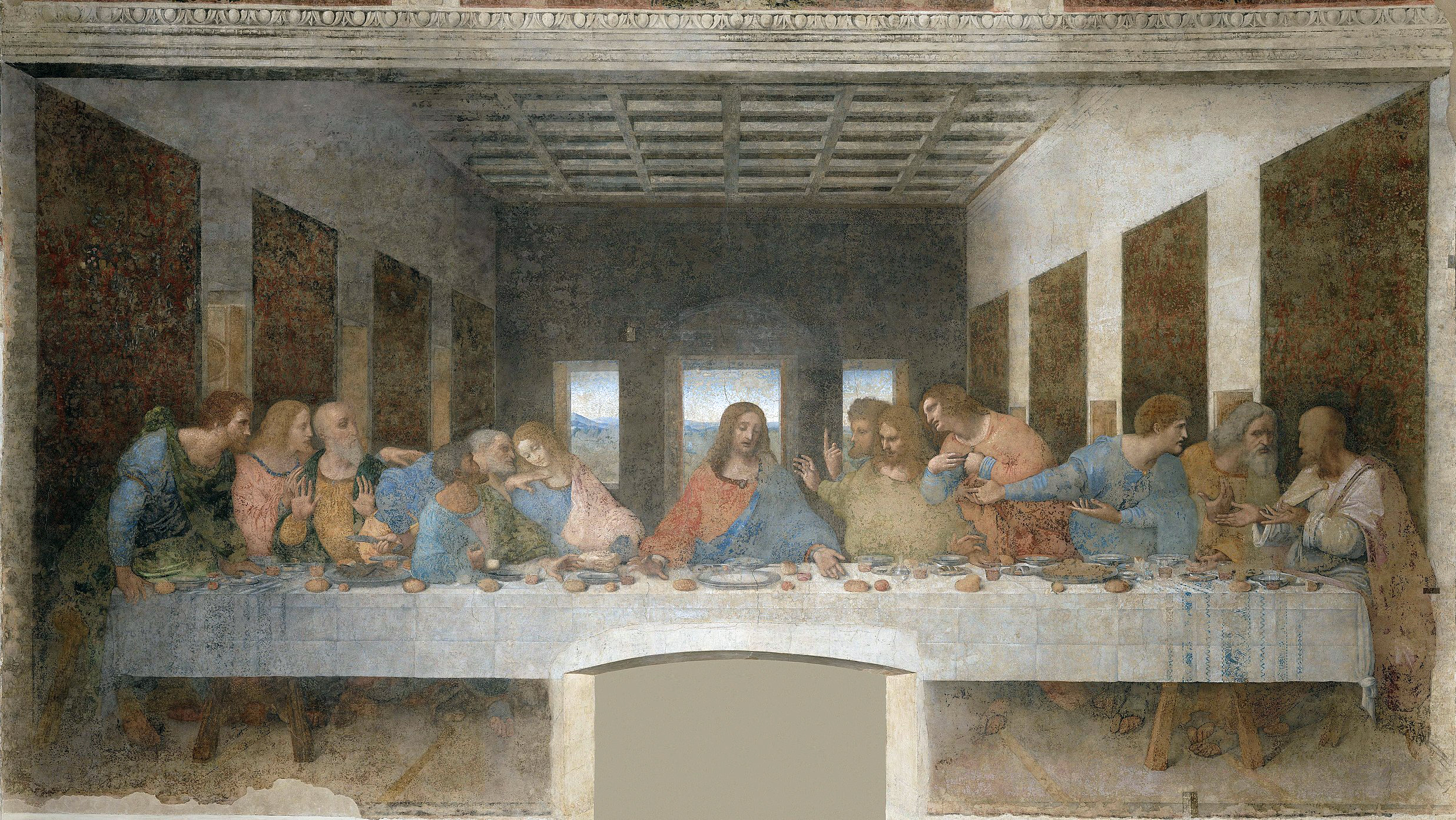
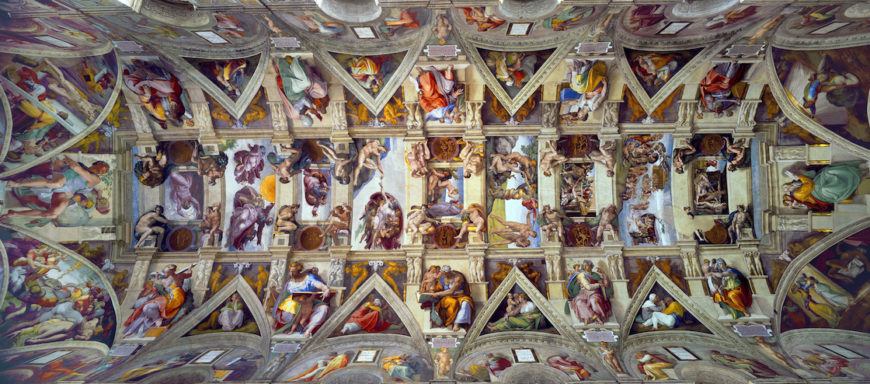
Monet, Degas, Cassatt
Impressionism


Pepon Osorio was the artist for this installation commenting on Latino machismo.
En la Barberia no se LLora (No Crying Allowed in the Barber Shop)

This nude figure was made using lost wax casting casting method and features a story from the Old Testament but wearing a Renaissance style hat.
David by Donatello, 1440

This object is made of brass and inlaid with gold and silver depicts the symbol of France and has incised animal life, hunting scenes, battle scenes and may have been used for hand washing or baptism. The muslim artist signed it 6 times but it was probably not created for someone of the Islamic faith.
Basin (Baptistere de St. Louis), 1320-1340CE

This church has a tympanum of the last judgement featuring Christ in the sinner ushering sinners in on the right while the saved exit on the left.
Church of Sainte-Foy in Conques, France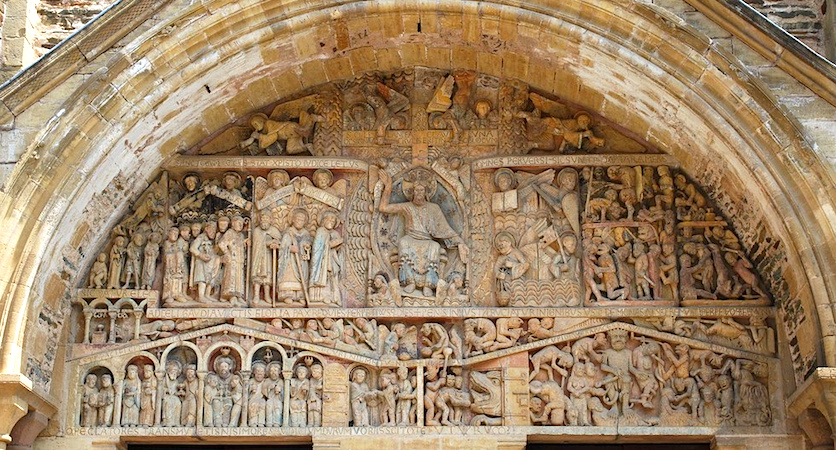

This process can be either additive or subtractive and most of the pieces created using this technique are meant to be seen in the round.
sculpture


Goya, Delacroix, Cole
Romanticism
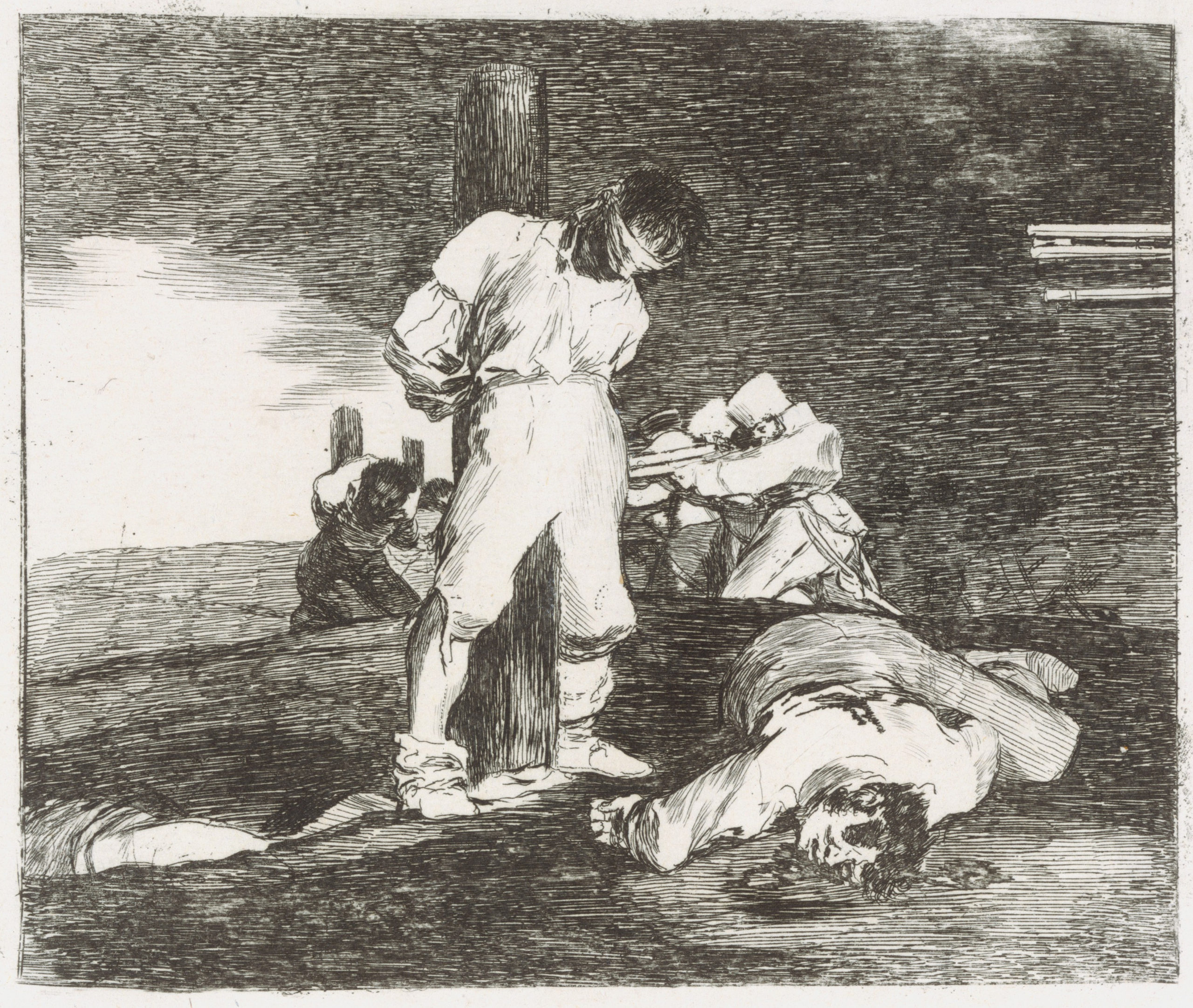
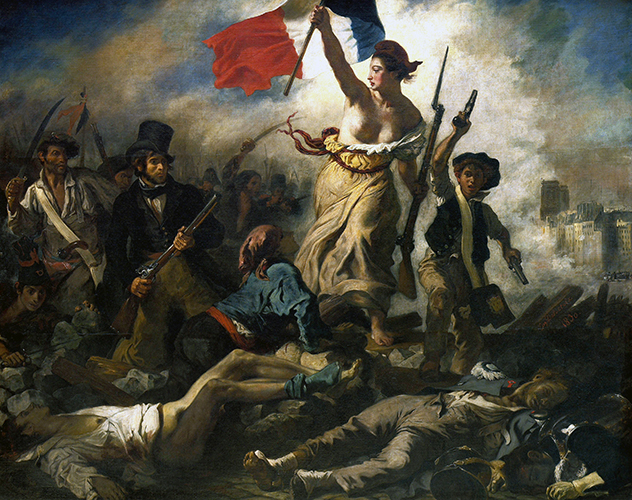
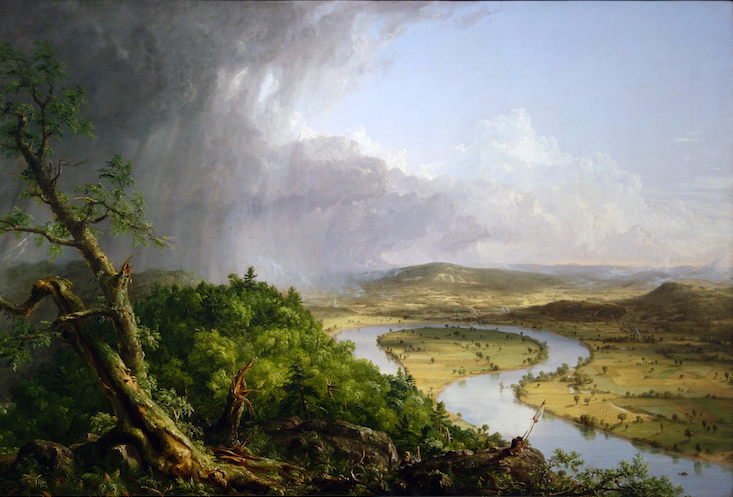
This installation piece was inspired by an anonymous painting depicting stereotypes of African Americans in the antebellum south.
Darkytown Rebellion

This sculpture is referred to also as "Spear Bearer" was a Roman marble copy after a Greek bronze original.
Doryphoros by Polykleitos. 450-440-BCE

This illuminated manuscript depicts Old Testament stories; it features a Roman bridge and a castle, the use of contrapposto, foreshortening, perspective, and shadowing techniques.
Jacob Wrestling the Angel and Rebecca and Eliezer at the Well, early 6th century

This chapel houses the paintings of Giotto.
Arena Chapel (Scrovegni Chapel), c.1305


This is a genre of Japanese wood block printmaking popular from the 17th-19th centuries.
Ukiyo-e

Braque, Picasso, Gris
Cubism


In Robert Smithson's work, viewers circumambulate providing a different viewpoint. The year it was made also correlates to the first year of Earth Day.
Spiral Jetty in 1970

Considered political propaganda and sculpted idealistically, the 1st century CE marble sculpture has his military successes on his armor.
Augustus of Primaporta, 1st century CE

This is considered a Jewish illuminated manuscript.
The Golden Haggadah, c. 1320
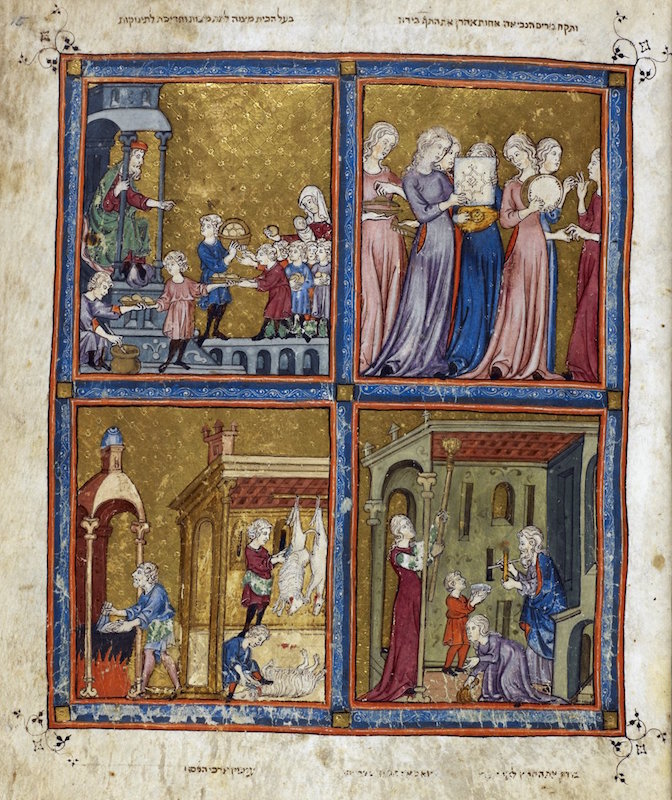
This Hindu temple found in Khajuraho, India of the Chandella Dynasty in the 10th century is a Nagara style with a raised plinth and mountain like feature at the top.

Lakshmana Temple
This term usually refers to a standing human figure with weight shifted to one side while the other side is relaxed creating a curved form.
Contrapposto

Raphael, Donatello, Leonardo, Michelangelo
Renaissance (not the Teenage Mutant Ninja Turtles)

This work by Nam June Paik in 1995 made him considered to be the father of video art.
Electronic Superhighway

These large eyed figures from the Square Temple at Eshnunna are considered of Sumerian funerary importance.
Votive Figures, 2900-2600 BCE

This altar was originally created for a hospital where many patients were suffering from ergot poisoning.
Isenheim altarpiece by Matthias Grunewald and Nikolaus Hagenau, 1512-1516CE

Frank Gehry built this museum in1997 using swirling forms and shapes that contrast with the industrial landscape of its city.
Guggenheim Museum Bilbao
This method of depicting light and shadow on a two-dimensional surface to create the illusion of three dimensional form reached its popularity in the Baroque era with artists like Caravaggio and Rubens.
Tenebrism

Kahlo, Lam, Dali
Surrealism

